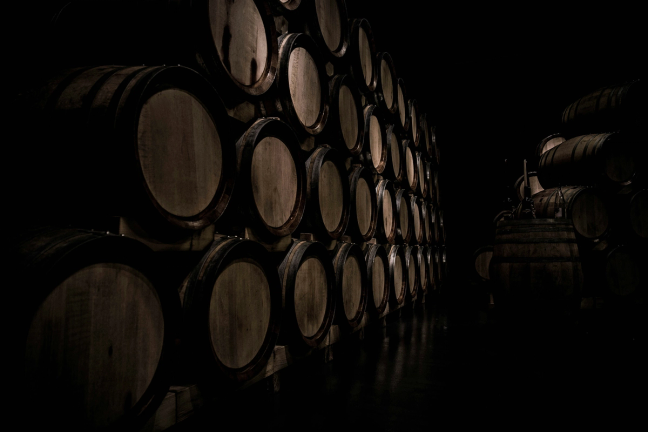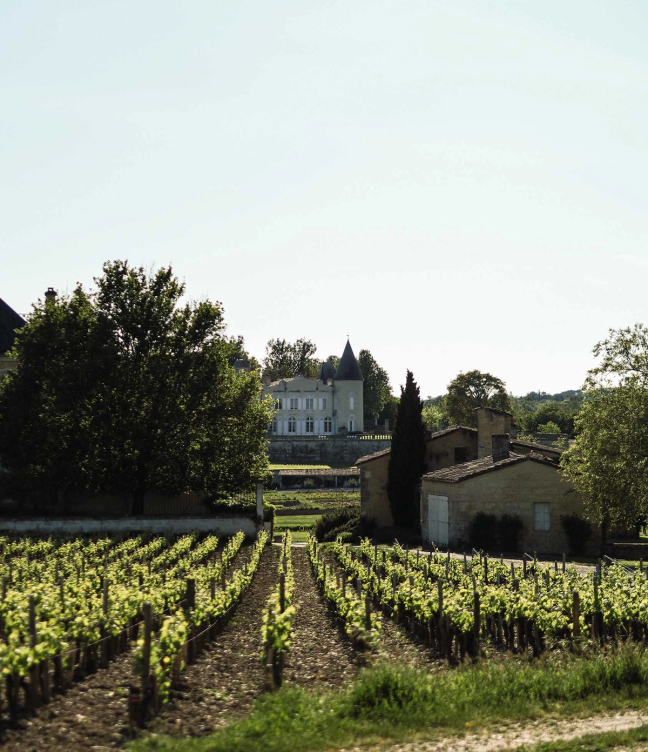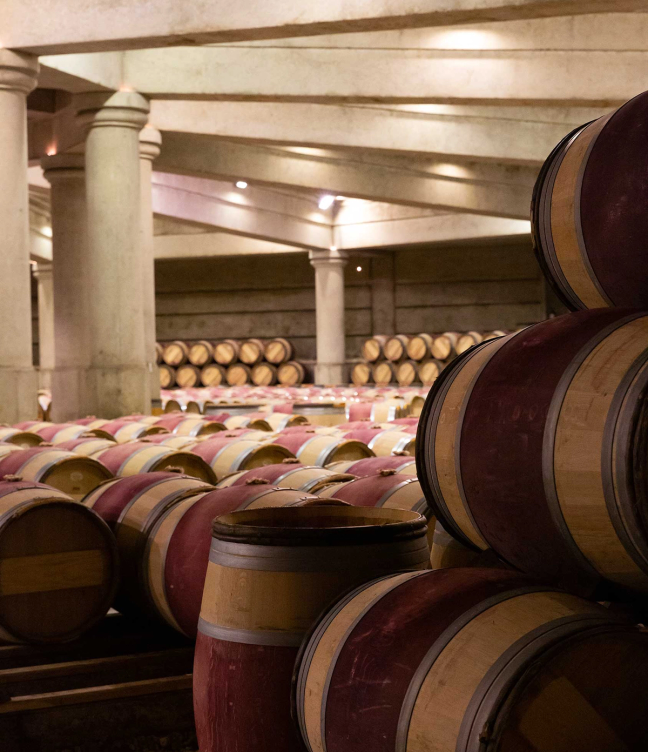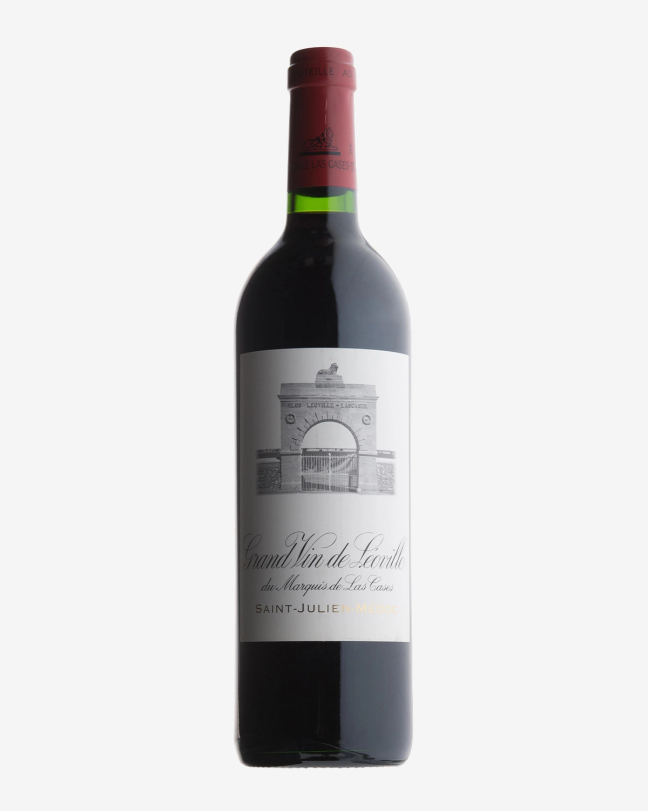What is Bordeaux en primeur – and is it worth your money?
The 2023 vintage is coming onto the market at a more attractive price than has been the case for many years. The wines are solid rather than spectacular; no bad thing in this day and age
Every year, around this time, a game plays out in the upper echelons of the fine-wine world. It begins in spring, when the top Bordeaux châteaux prepare to take the wraps off the previous year’s vintage, which has been quietly gestating in barrel for the past six months. The wine is still a baby – embryonic, even – and won’t be bottled for another 18 months, let alone ready to drink, but convention dictates that it be shown to the press and the trade for them to assess.
The châteaux use the tastings as reconnaissance to price up the wine according to critical feedback, the overall quality of the vintage, and the prevailing market sentiment. As part of this, a painfully drawn out saga follows between the châteaux that make the wine, and the UK merchants who buy and sell it, with the latter entreating the former to be cautious with pricing. This usually ends, rather predictably, with the Brits complaining about the prices, but dutifully trumpeting the bottles to their clientele regardless.

Buyers keen to get ahead of the curve then purchase the wine ‘en primeur’ in the knowledge that they won’t actually receive the bottled product for the best part of two years. The idea, though, is that they snaffle the lowest price, and, in the case of the very top wines, before it either sells out or spirals in price, offering the additional chance to profit on the secondary market.
Some vintages have indeed offered high returns. Wines from 2008 have risen in price by an average of 79 per cent since release. But investing en primeur is not without risks, and more recent campaigns have seen negative returns – the 2017s are down by an average of 13 per cent, meaning that the wines are now cheaper to buy in the physical market than they were on release.
The whole concept of en primeur dates back to a post-World War II landscape in which producers faced significant financial challenges. To help them out, wholesale merchants, known as négociants, began purchasing wine when it was still maturing, thereby securing stock at a lower cost while providing the châteaux with much-needed cash flow. Today, the idea of the top Bordeaux producers facing cash flow issues is rather ridiculous – the global market for high-end Bordeaux has boomed in the last 40 years, with most classed-growth châteaux fighting it out to unveil the grandest refurb or cellar extension.

Château Lafite Rothschild

Last year’s en primeur campaign, however, was something of a damp squib, with a fair amount of 2022 Bordeaux still sloshing around in merchants’ cellars – a particular issue given the high interest rates that might deter merchants from borrowing too much against further future sales. Indeed, the Bordeaux market as a whole has had a rough ride recently, with the Liv-ex Bordeaux 500 index down 13.8 per cent in the past year, and some top-end wines seeing even sharper declines. When bluechip UK merchant Corney & Barrow surveyed its clientele, more than half of them said the en primeur campaign was less important than five years ago, and 68 per cent said prices had been too high over the last decade.

2023 Château Lafite Rothschild
All of which may explain why, this year, the Bordelais appear to have taken heed of the feedback, with several estates releasing unusually early, before the critics’ scores are even released, at vastly reduced prices. Château Léoville Las Cases kicked off an atypically prompt campaign last week with a shocking 40 per cent drop in the release price of its 2023, meanwhile, according to Alex Turnbull, head of private sales at London merchant Jeroboams, Château Lafite’s 32 per cent drop ‘restores the dream of en primeur’.
Such a move is down to a range of factors. There had been very little hype surrounding the 2023 vintage, on account of a wet summer and reports of mildew in the vineyards. Though such commentary is rather misleading (the top estates have the resources to mitigate against such conditions) it was, by no means, a perfect year. And the market, as a whole, faces an uncertain outlook – with questions over the post-release price performance of Bordeaux wines in particular – against a backdrop of economic instability, political upheavals, high interest rates, and inflation.

2023 Château Leoville Las Cases
Cynics might argue that the fact that some wines were released before the publication of critics’ verdicts is because producers were not expecting great feedback. In reality, most scores are now out and, as is usually the case, are pretty generous. Score inflation aside (a lamentable few are prone to dishing out high scores in the hope of being quoted in the literature of merchants selling the wines), you can generally predict which châteaux will come out on top according to their hierarchical classification, along with a few fashionable names of the day (Châteaux Pontet Canet and Palmer in recent years).
Such are their resources that very few of the top châteaux make bad wines these days (it’s worth remembering that only around 300 or so producers – Bordeaux’s top 5 per cent, in other words – sell en primeur). Rather than following critical appraisal, then, there’s a lot to be said for finding a region, style or producer you like, and sticking with that.

2023 Château Pontet-Canet
So, are the wines worth buying this year? There is little doubt that the 2023 vintage is coming onto the market at a more attractive price than has been the case for many years. The wines are solid rather than spectacular. But solid (or ‘classic’, as the market prefers to term it) is no bad thing in this day and age. The heat of recent vintages yielded ripe, powerful, concentrated wines that are, by no means, the typical Bordeaux profile and can take a few years to settle. 2023, by contrast, was a warm – but not hot – year, meaning modest alcohol, balanced, precise tannins and approachable structure – exactly the style that is finding favour with consumers today. And though they may be for earlier drinking – once cast as a negative trait – they’re accessible and well-made, and have the distinctive stamp of Bordeaux; this, with little doubt, will find favour with many.
And, most importantly – for the first (and, who knows, maybe the last) time in a long time, the wines are well priced. For first-time buyers keen to access wines that are often out of reach, Bordeaux 2023 is an attractive option.
Want more drinks content? Read our guide on when and how to decant a wine…

Become a Gentleman’s Journal Member?
Like the Gentleman’s Journal? Why not join the Clubhouse, a special kind of private club where members receive offers and experiences from hand-picked, premium brands. You will also receive invites to exclusive events, the quarterly print magazine delivered directly to your door and your own membership card.


